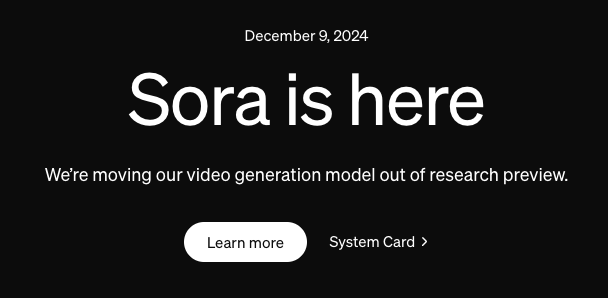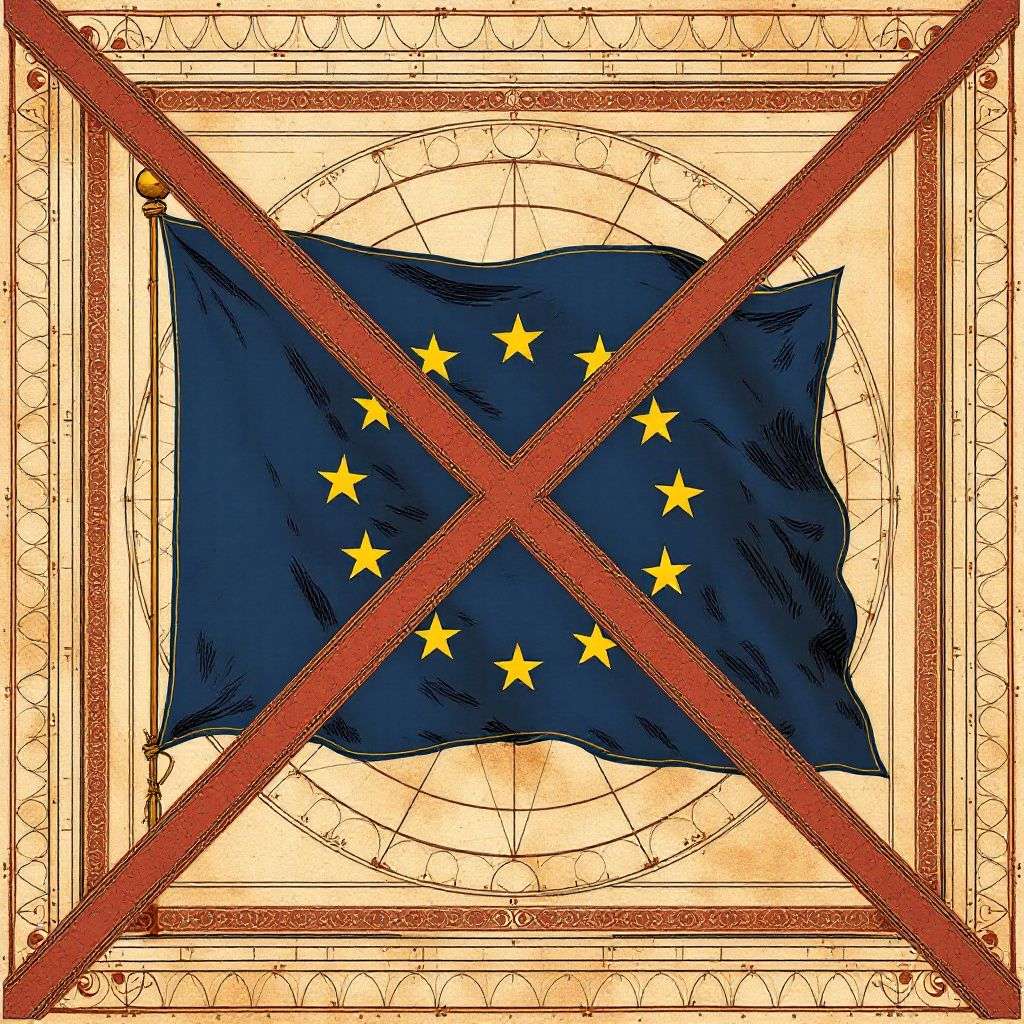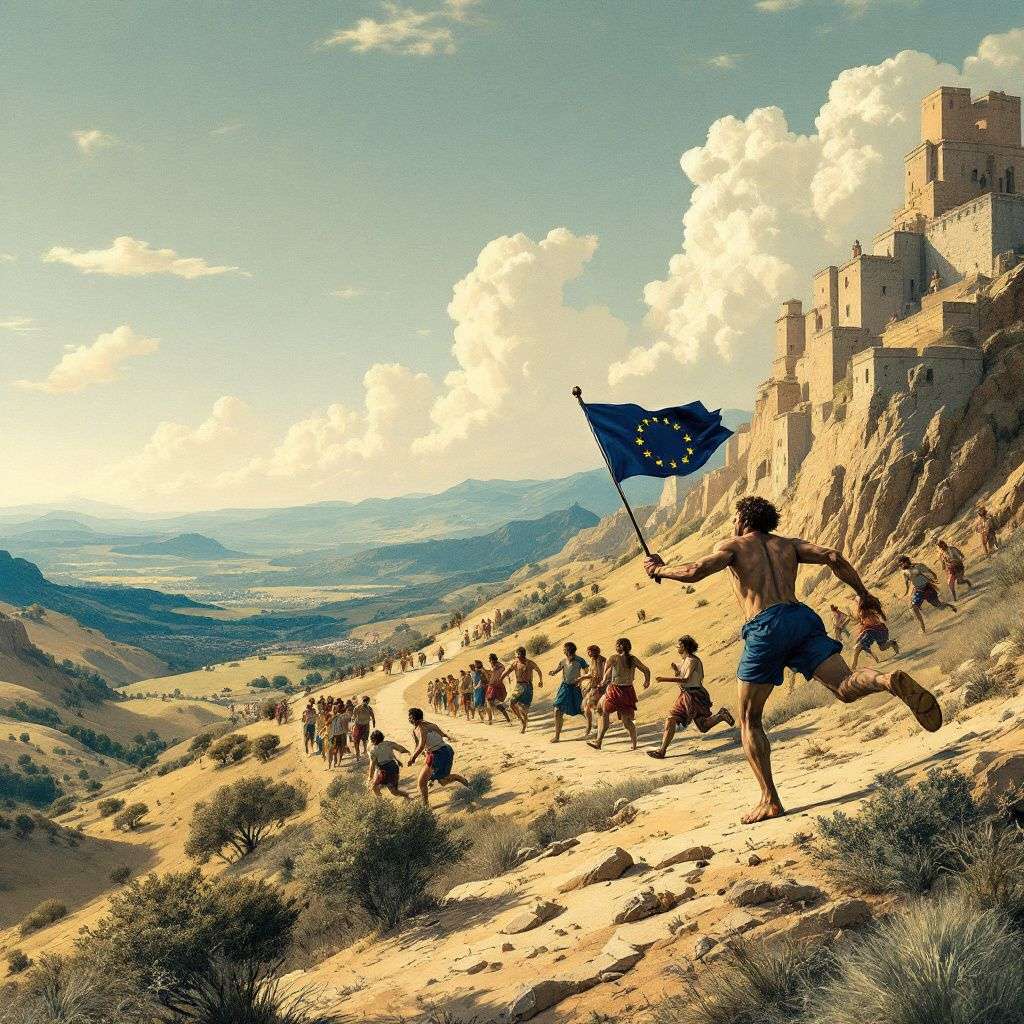
OpenAI's journey to creating Sora
OpenAI's story is a journey of technological innovation that has transformed artificial intelligence (AI) in multiple areas, from natural language processing to the generation of images, code and now videos. Founded in December 2015 by Elon Musk , Sam Altman and other technology leaders, OpenAI was born with a mission to ensure that AI benefits all of humanity.
First stage: the origins of OpenAI (2015-2018)
In its early years, OpenAI focused on advanced research in machine learning and neural networks. An early milestone was "OpenAI Gym" in 2016, a platform for training AI models. That same year, the company introduced "Universe," a tool for measuring the overall intelligence of algorithms.
The Age of Language Processing: ChatGPT (2018-2023)
The launch of "GPT-2" in 2019 marked a turning point with a model capable of generating complex texts. It was followed by "GPT-3" in 2020, which revolutionized natural language generation. However, the real popular leap occurred with the launch of "ChatGPT" in November 2022, quickly becoming an essential tool for millions of users around the world.
Visual creativity: DALL· E and Generative Image AI (2021-2024)
In January 2021, OpenAI introduced "DALL· E", a model capable of generating images from textual descriptions. His evolution continued with "DALL· E 2" in 2022, improving the quality and realism of the images generated, opening up new possibilities in digital art and graphic design.
Assisted Programming: Codex and the Code Revolution (2021-2024)
In parallel, OpenAI developed "Codex", an AI model specialized in code generation, officially launched in 2021. Integrated into "GitHub Copilot," Codex enabled developers to write code faster and more efficiently, automating complex programming tasks.
The leap to video generation: Sora (2024)

Finally, in December 2024, OpenAI introduced "Sora," its innovative text-based video generator. With advanced technologies inherited from its previous models, Sora promises to redefine audiovisual creation, applying it to fields such as cinema, advertising and education. This development closes a cycle of innovation, consolidating OpenAI as a leader in multimodal AI.
This technological evolution not only reflects technical advances, but also cultural, social and economic transformations that continue to impact creative and business industries around the world.
OpenAI has just launched Sora, its AI-based video generator. The impact has been immediate: creators around the world are already imagining new ways of making film, advertising and digital content. However, Europe is not invited.
Why Europe is left out
OpenAI has decided to exclude the European Union from the initial launch of Sora. The reason for this is the European regulatory framework on artificial intelligence, especially the AI Regulations which is in its last phase of approval. The proposed rules require levels of transparency and control that are difficult for technology companies operating on a global scale to meet. According to OpenAI, regulatory complexity makes it unfeasible to launch Sora in Europe without risking severe penalties.
In Spain and Portugal, this is a brake on technological innovation. Without access to tools like Sora, European creators, agencies and companies lose competitiveness in markets such as the United States and Asia, where these technologies are already available.

The cost of being left behind
At Proportione we have talked before about the impact of European regulations on technology and competitiveness. Regulations are essential to protect rights and prevent abuses, but an overly restrictive approach can condemn Europe to a secondary role in the global digital economy.
Meanwhile, companies such as Google, Meta, and Runway are already accelerating their video generation projects. If Europe remains trapped in a slow and complex bureaucracy, European innovators will have to look for alternatives outside their own continent to stay relevant.
What comes next?
It remains to be seen whether OpenAI will renegotiate its position or whether Europe will make it more flexible some key points of its regulations to allow access to advanced technologies such as Sora. What is clear is that innovation does not wait. If we do not act quickly, the cost of this exclusion will be much more than economic: it will be a technological gap that will be difficult to close.
Impressions after the launch of Sora
Sora's release has generated a wave of interest in the creative industry, especially in Hollywood and the digital art world. Film directors, screenwriters, and visual artists have already begun to explore its potential. Among them is Walter Woodman, director of the short film "Air Head", who highlighted Sora's ability to create surreal worlds, describing him as " A new era of abstract expressionism «.
Don Allen Stevenson III, with experience at DreamWorks, presented "Beyond Our Reality", a work full of hybrid creatures created with Sora, demonstrating his ability to generate unique and fantastic characters. Paul Trillo, director and multidisciplinary artist, also praised the tool, suggesting that it could redefine visual storytelling.
In the business sphere, OpenAI is already in talks with major Hollywood studios. Their strategy is clear: integrate Sora into audiovisual production workflows to create complex scenes faster and cheaper. The technology makes it possible to generate detailed shots with textual descriptions, simplifying tasks such as aerial shots or visual effects sequences that, on a conventional shoot, would be very expensive.
However, some experts warn of possible risks. The possibility of generating hyper-realistic content raises questions about misinformation and copyright. OpenAI has already implemented restrictions to prevent misuses, such as the creation of deepfakes and the appropriation of styles by well-known artists.